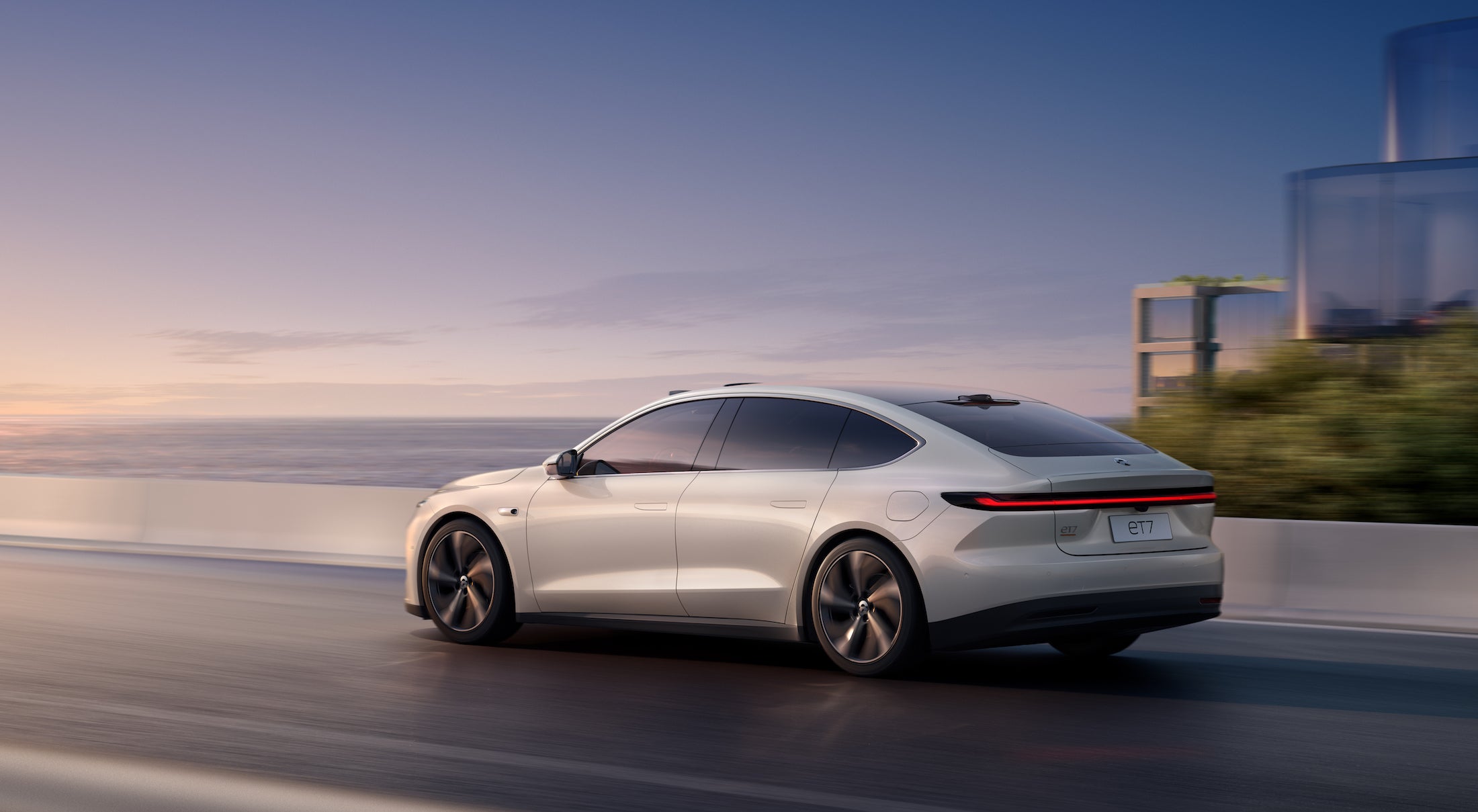Chatting with NIO's Autonomous Driving Technology Leader about the Future of NOP
06/23/2021 by NIO

We are honored to be a part of the excitement surrounding autonomous driving. What we have seen is that there are many different approaches in explaining this nascent technology and how consumers will accept it. After seeing the reviews of NIO's Navigate-on-Pilot, we had a few questions about the technology. We asked Jianyong Zhang, the Associate Vice-President of Autonomous Driving at NIO, a few questions about our approach.
NIO announced NIO's Navigate-on-Pilot (NOP) and ADaaS (Autonomous Driving-as-a-Service) for our NIO ET7 sedan. Based on our in-house full-stack autonomous driving technology platform, the NIO ET7 will be equipped with NOP, consisting of NIO Aquila Super Sensing and NIO Adam supercomputing. NIO Aquila Super Sensing system has 33 high-performance sensing units, including 11 8-megapixel high-resolution cameras and one high-resolution LiDAR with a detection range of 500 meters. The computing power of NIO Adam is up to 1,016 TOPS. The sensor suite and the computing power of NAD far surpass other competitors and will expedite the mass production progress of the autonomous driving industry.
In one of the reviews of NOP, the driver noted that NOP seemed less aggressive than others. NOP provided more space between cars and took a slightly slower but more deliberate approach in making lane changes. NIO always prioritizes safety. Is that the reason NIO's Navigation on Pilot is less aggressive than other competitors' AD systems?
"Yes, NIO has always prioritized driving safety and user experience. NOP inherits NP's gentle style of longitudinal and lateral control. While ensuring driving safety by keeping proper safety distance, the vehicle performs as smoothly as possible in longitudinal control and automatic lane change in NOP without causing discomfort to the users."
Not all autonomous driving systems use HD maps. High Definition Maps or HD Maps are particularly built for self-driving purposes. These maps specifically have extremely high precision at the centimeter level. This is because the robots need exact instructions on how to maneuver themselves around the 3D space.
In Jianyong's view, there are several benefits for using the HD maps on NOP. With HD maps and fusion localization technology, we can get lane-level positioning, accuracy up to 20 cm. This enables accurate matching of the target lane and gives the optimal route in advance.
The HD map also senses limitations by providing information beyond the range of the camera and radar. The system is enabled to plan the route with considerations of lane merging or split or pre-decelerate the vehicle speed before going to a curve; The HD-Map also serves as a multisource sensor redundancy for the camera sensor.












